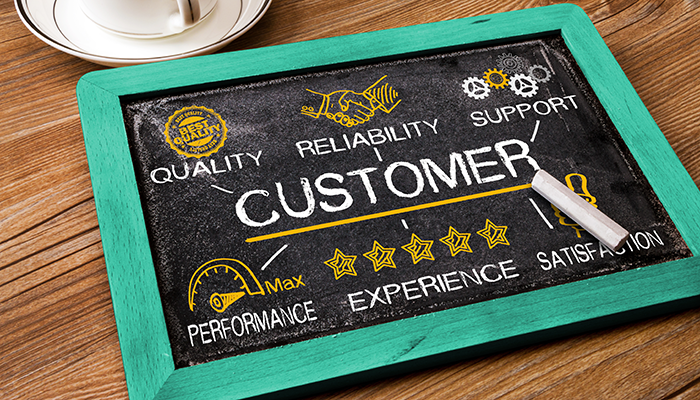Optimizing Performance: Customer Experience and Data Ecosystem

In a recent survey, 59% of corporate executives said their aspirations were to be the customer experience leader in their industry.
But as Harley Manning of Forrester Research explained at a recent Softtek conference, the same survey – conducted at a Forrester customer experience summit last year – said these aspirations were crashing on the hard, jaggedy edge of reality.
62% of respondents said their customer experience improvement efforts were only somewhat successful.
“If you added those two previous numbers, the ones who wanted to lead their industries and the ones who wanted to be the next Apple, the number is about equal. So it’s a tremendous undershooting of achievement versus goal,” said Manning.
The Customer Experience Ecosystem, a Scientific Approach to the Customer Experience
So how exactly can you deliver a superior customer experience to get into that elite industry leadership position that most executives strive for?
According to research he conducted at Forrester, Manning said you should focus on the customer experience ecosystem.
According to Manning: “[The customer experience ecosystem is] the web of relations among all aspects of a company, including its customers, employees, partners, and operating environment that determines the quality of the customer experience.”
It’s a scientific approach to delivering a superior experience.
“It’s not enough to tell your employees ‘be good with the customers.’ You need a scientific understanding,” concluded Manning.
To explain the ‘ecosystem’ approach, Manning explained what happened recently at Zion National Park. In his book Outside In, co-authored with Forrester analyst Kerry Bodine, he tells the story about the ecosystem failure that occurred as a result of the introduction of tourists.
The tourists scared away the cougars that preyed on the mule deer. The mule deer population exploded. They ate all the cottonwood tree saplings. The cottonwood trees died out. The stream banks washed away.
“The whole thing collapsed,” said Manning.
The same interrelated web of people, operations, legal, logistics, information technology, sales, marketing, and of course customer service, all form the customer experience ecosystem for your company.
Data Key to Identifying How to Fix Your Customer Experience Ecosystem
So what about real-world examples? Going back to what I discussed in my last post, Manning singled out Delta as the poster child for excellence in improving the health of the customer experience ecosystem.
After conducting a customer survey in 2010, Delta found that customers hated airline cancellations more than anything.
That was a good start, but executives realized canceled flights depended on many factors that were traditionally beyond their control – or so they thought.
After Delta CEO Richard Anderson and his executive team made the determination to change their vision, culture and operating environment, they decided that 100% of their business was in their control.
So the next task, according to Manning, was to look at their ecosystem to determine what parts they needed to change to become the “no cancellation airline.”
Delta – and specifically having control of their data - was key, Manning said. Delta had been on a shared software model with other airlines, but that didn’t work for Delta’s no-cancellation goal. What did Delta do?
“[CEO] Andersons's response was to say ‘we won’t be on a shared software model. We need to own, control, and operate the data around our operations systems. Let’s get off it.’”
So Delta licensed the data from a third party and brought it in-house. This enabled them to fully identify and take corrective measures on other aspects of their customer experience ecosystem that affected cancellations: fuel efficiency, pilot availability, employee policies, and even how the aircraft leaves the gate.
How has all this worked out for Delta? Manning said:
“Delta is now at a cancellation rate of 0.3 percent when the airline industry in the US as a whole is at a cancellation rate of two percent.”
Steps to Become the Customer Experience Ecosystem Leader In Your Industry
How does this apply to you and helping your company become the dominant player by delivering a superior customer experience?
As I explained in my previous post:
- Know your true north. Delta’s true north is “no cancellations.” What’s yours?
- Map your customer ecosystem – what do your customers do first, then second, third, fourth, fifth?
- Finally, take charge of your ecosystem, which involves cooperation between IT, operations, customer service, marketing and more.
But let me add one more key component: as Manning explained, the first thing Delta did was take control of their data. That’s key.
And I would specifically add, you need to get a handle on your structured and unstructured data, apply a disciplined data analysis process, (or hire a 3rd party to help such as Softtek’s SAP Business Objects group), and identify what parts of your ecosystem you can improve.


